BoJ Governor Kazuo Ueda, in a speech today, delineated the two forces in play regarding Japan’s inflationary pressures: “The first force, led by import prices, has seen its year-on-year rate of increase decelerate,” and he anticipates this force will “gradually wane.”
As for the second force, Ueda suggested it is tied to changes in firms’ wage and price-setting behaviors, with the potential to strengthen as “wage growth accelerates owing to economic improvement, leading to moderate inflation.”
However, he cautioned that the spread and permanence of these behaviors are uncertain, adding, “Changes have started to be seen in some aspects of firms’ wage- and price-setting behavior, but there are extremely high uncertainties as to whether these changes will become widespread.”
Addressing Japan’s broader economic outlook, Ueda described the nation as being in a “critical phase” concerning the interplay between wages and prices. Stressing the importance of fostering nascent economic shifts, he emphasized the need “to carefully nurture the buds of change in the economy.”
Ueda reiterated BoJ’s stance on monetary policy, stating the need “to patiently continue with monetary easing under the framework of yield curve control.”
Full speech of BoJ Ueda here.




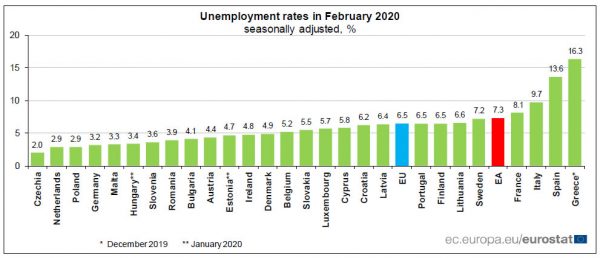
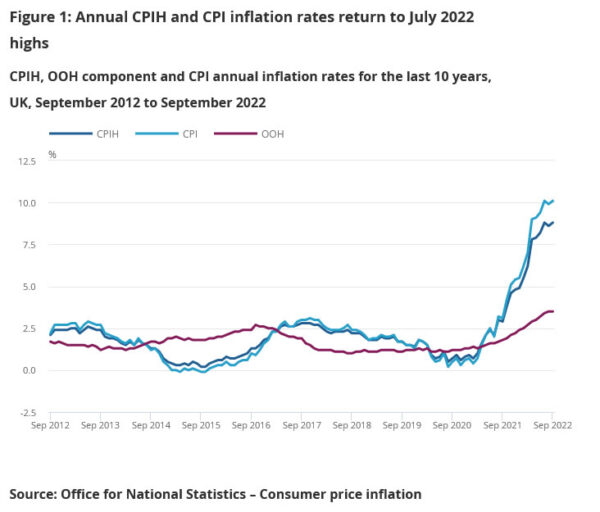
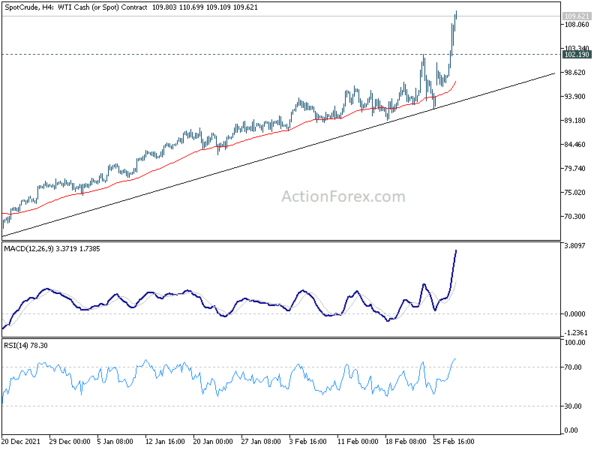
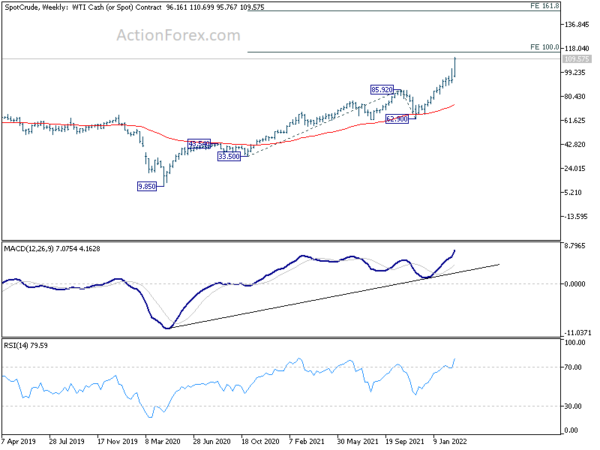

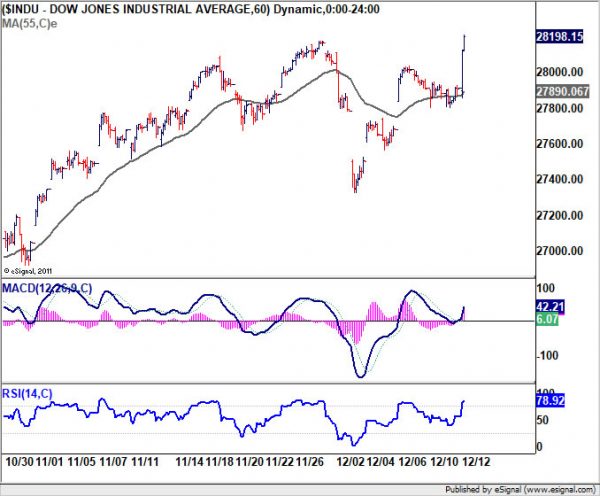
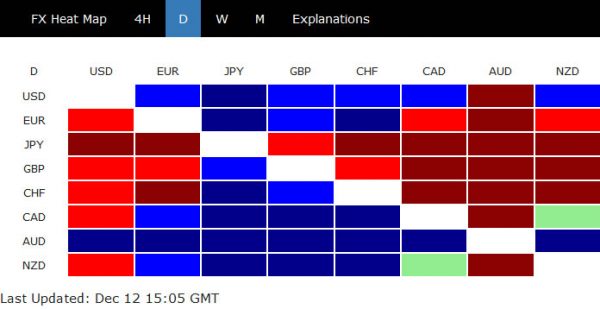
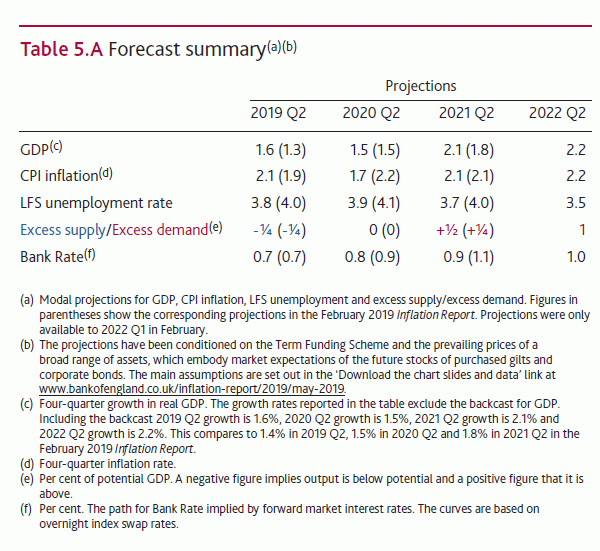
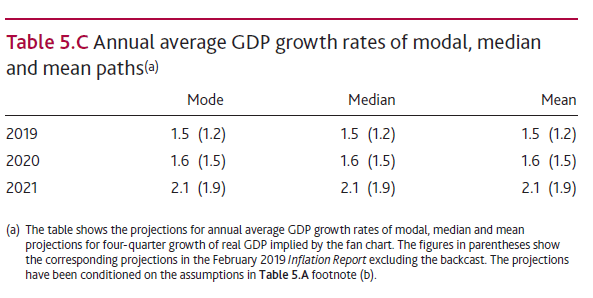
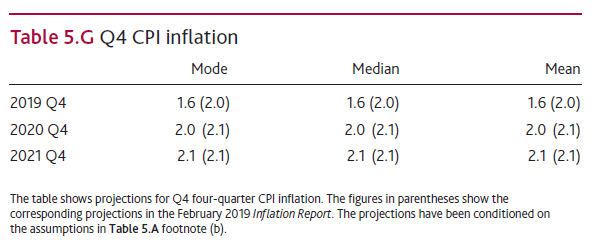

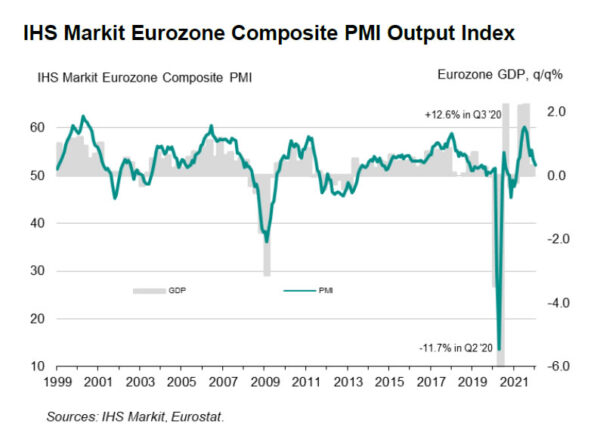
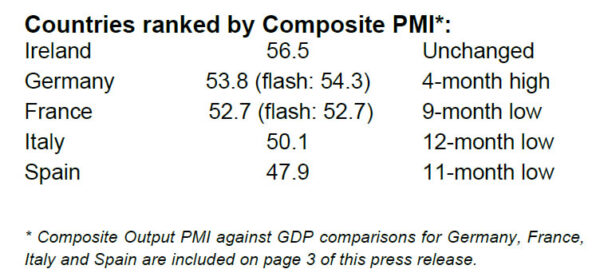
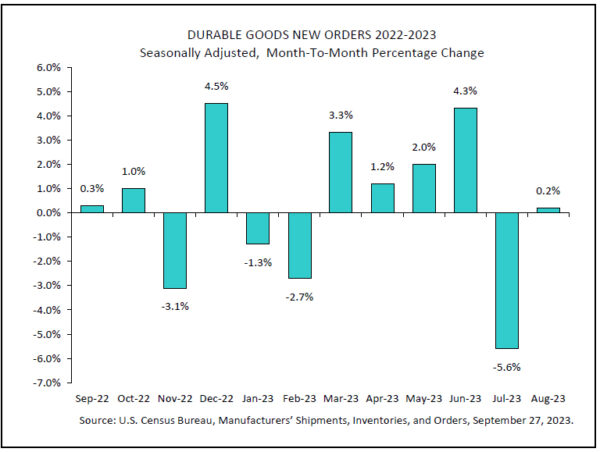
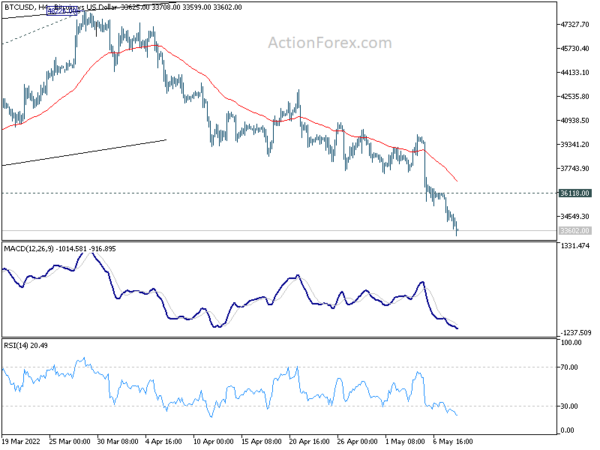
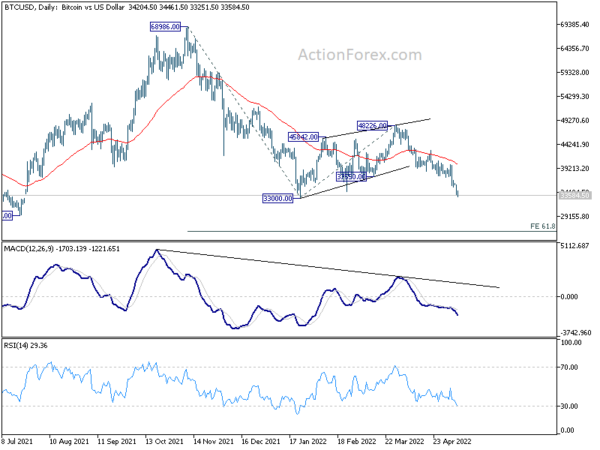
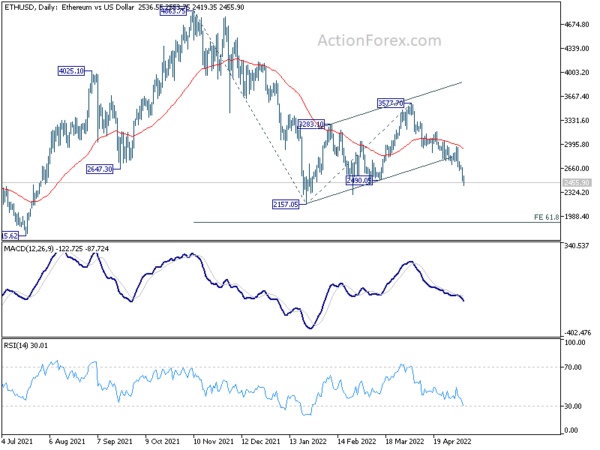
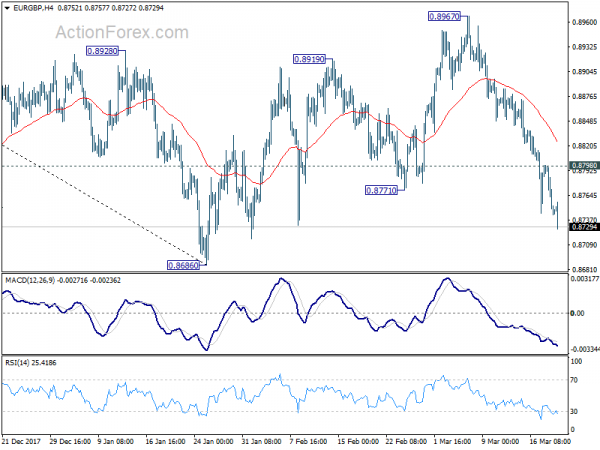
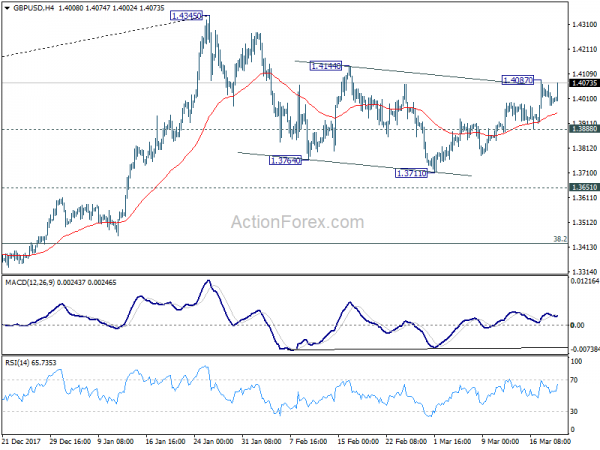

UK GDP contracted -0.2% in Q2, first contraction since 2012
UK GDP surprisingly contracted by -0.2% qoq in Q2, worse than expectation of 0.0% qoq. That’s also the first quarterly contraction since 2012. Over the year, GDP grew 1.2% yoy, slowed from Q1’s 1.8% yoy and missed expectation of 1.4% yoy. Looking at some details, services sector provided the only positive contribution to GDP growth, with 0.1% qoq growth. Production sector contracted sharply by -1.4% qoq, driving by sharp decline in manufacturing output. In June, GDP rose 0.0% mom, below expectation of 0.1% mom.
Chancellor of the Exchequer Sajid Javid said, “this is a challenging period across the global economy, with growth slowing in many countries. But the fundamentals of the British economy are strong – wages are growing, employment is at a record high and we’re forecast to grow faster than Germany, Italy and Japan this year.” And, “the government is determined to provide certainty to people and businesses on Brexit – that’s why we are clear that the UK is leaving the EU on October 31.”
Also released from UK, industrial production dropped -0.1% mom, -0.6% yoy in June, versus expectation of -0.2% mom, -0.3% yoy. Manufacturing production dropped -0.2% mom, -1.4% yoy, versus expectation of -0.2% mom, -1.1% yoy. Visible trade deficit narrowed to GBP -7.0B in June versus expectation of GBP -11.3B.